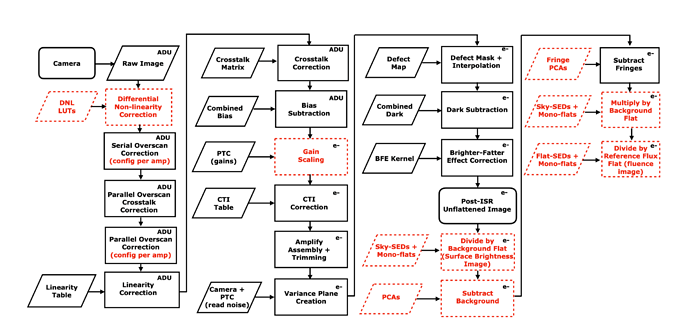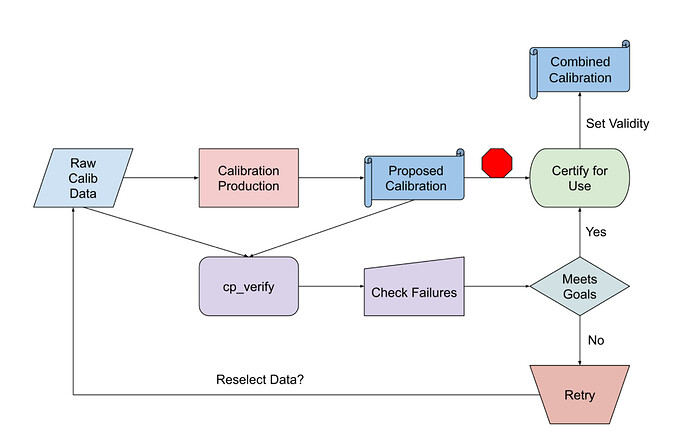Authors: Andres A. Plazas Malagón (SLAC/KIPAC/Rubin Obs.), Chris Waters (Princeton/Rubin Obs.), Alex Broughton (UC Irvine/SLAC/KIPAC/Rubin Obs.), Eli Rykoff (SLAC/KIPAC/Rubin Obs.), Agnès Ferté (SLAC/KIPAC/Rubin Obs.), Merlin Fisher-Levine (Rubin Obs.), Robert Lupton (Princeton/Rubin Obs.)
Abstract: The Vera C. Rubin Legacy Survey of Space and Time (LSST) will conduct an unprecedented optical survey of the southern sky, imaging the entire available sky every few nights for 10 years. To achieve its ambitious science goals of probing dark energy and dark matter, mapping the Milky Way, and exploring the transient optical sky, the systematic errors in the LSST data must be exquisitely controlled. Instrument signature removal (ISR) is a critical early step in LSST data processing to remove inherent camera effects from the raw images and produce accurate representations of the incoming light. This paper describes the current state of the ISR pipelines implemented in the LSST Science Pipelines software. The key steps in ISR are outlined and the process of generating and verifying the necessary calibration products to carry out ISR is also discussed. Finally, an overview is given of how the Rubin data management system utilizes a data Butler and calibration collections to organize datasets and match images to appropriate calibrations during processing. Precise ISR will be essential to realize the potential of LSST to revolutionize astrophysics.
Corresponding author: Andrés A. Plazas Malagón (plazas@slac.stanford.edu)
This ePoster is based on the manuscript https://arxiv.org/pdf/2404.14516, currently under review in the Journal of Astronomical Telescopes, Instruments, and Systems (JATIS ), and based on a poster presented at the “Image Sensors for Precision Astronomy 2024” workshop (SLAC/KIPAC, March-12-14, 2024).
ISR steps and necessary calibration products:
Calibrations generation, verification, and certification flowchart (see also DMTN-222):
Example of calibration verification by the metrics described in DMTN-101 and implemented in cp_verify:
PipelineTasks in the bias pipeline to produce a combined bias:
Software: The LSST Science Pipelines (pipelines.lsst.io) code described in this article is opensource and available in the following repositories:
- Instrument Signature Removal Package,
- Calibration Products Production Package, and
- Calibration Products Verification Package.
Acknowledgments: The work of AAPM was supported by the U.S. Department of Energy under contract number DEAC02-76SF00515. This paper makes use of LSST Science Pipelines software developed by the Vera C. Rubin Observatory. We thank the Rubin Observatory for making their code available as free software at https://pipelines.lsst.io. This material or work is supported in part by the National Science Foundation through Cooperative Agreement AST-1258333 and Cooperative Support Agreement AST1836783 managed by the Association of Universities for Research in Astronomy (AURA), and the Department of Energy under Contract No. DE-AC02-76SF00515 with the SLAC National Accelerator Laboratory managed by Stanford University. AAPM thanks the Department of Physics of Harvard University and the Laboratory of Particle Astrophysics and Cosmology led by Prof. Chris Stubbs for their hospitality during the preparation of this paper. We thank S. Digel (SLAC National Accelerator Laboratory) for serving as Rubin’s internal reviewer
and providing comments that improved the manuscript. We thank T. Jenness (Rubin) and Z. Ivezic
(Rubin, University of Washington) for providing comments that improved the manuscript.



